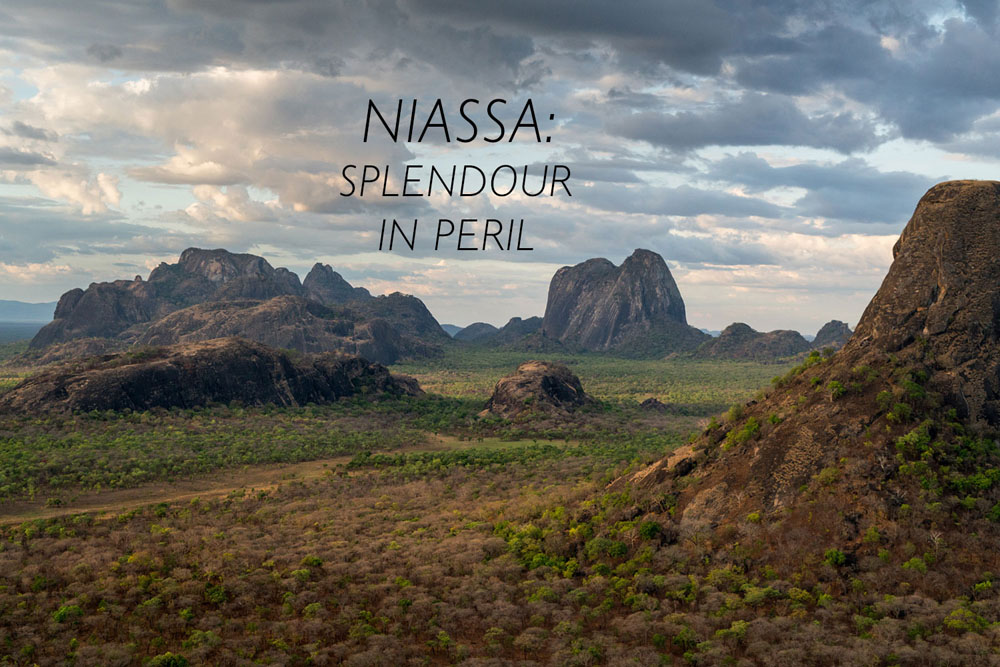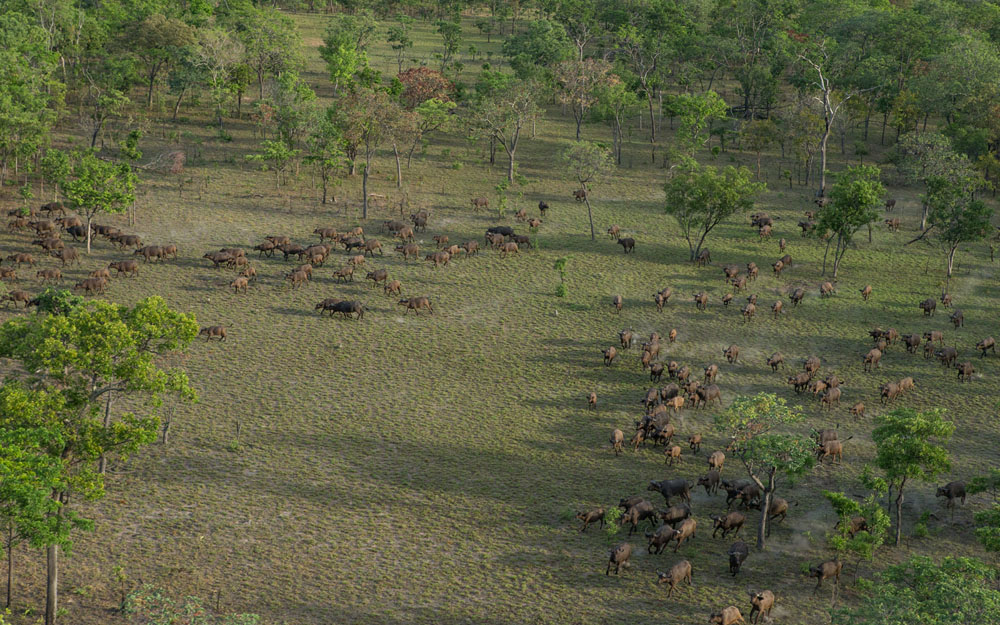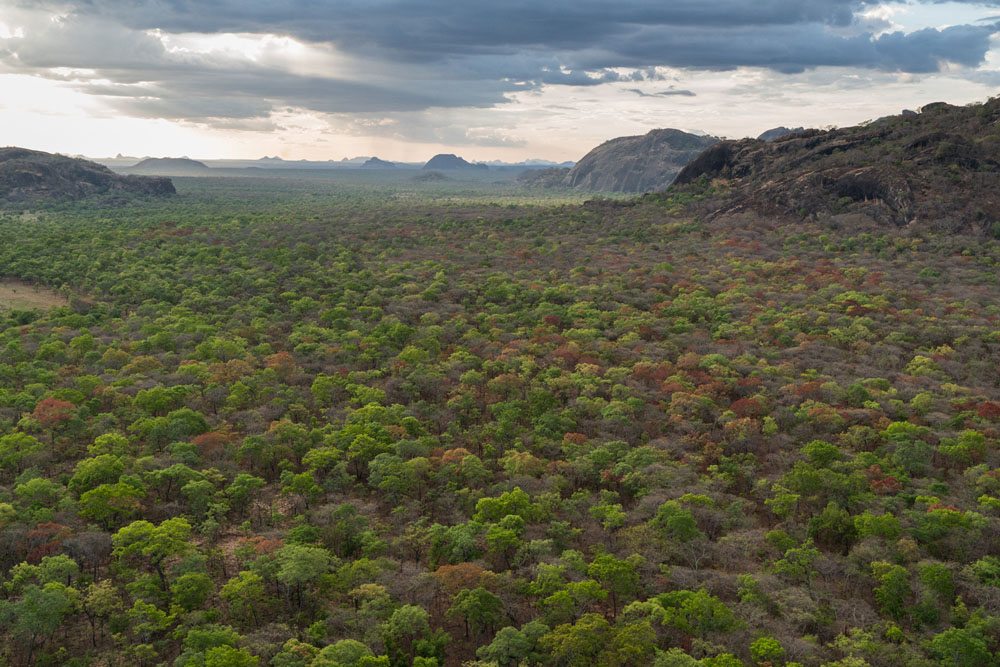
Niassa: Splendour in Peril

Niassa Wilderness, one of Africa’s last true wilderness areas, is driving a brave new conservation model to protect this iconic paradise. Read the full story here.

Niassa has one of the most dramatic, most evocative, landscapes in Africa © Will Burrard-Lucas

Klipspringers easily navigate the near-vertical cliff face of this inselberg © Will Burrard-Lucas

An anti-poaching ranger keeps vigil © Will Burrard-Lucas

An elephant is dwarfed by massive riverine trees along the banks of the Lugenda River © Will Burrard-Lucas

Aerial reconnaissance in the agile Bat Hawk is a vital aspect of anti-poaching efforts in Niassa © Will Burrard-Lucas

In addition to the threat of poaching for ivory, elephants fall victim to snares set for other animals © Black Bean Productions
Miombo woodland covers about 2,7 million km2 of Southern Africa, in areas that are nutrient-poor and not suitable for agriculture © Black Bean Productions

Large herds of buffalo are a common sight towards the end of the dry season, near sources of water © Black Bean Productions

Fishermen set up temporary camps along the Lugenda River © Black Bean Productions

The isolated rocky valleys of Niassa hold many secrets and natural treasures © Will Burrard-Lucas

Many caves in Niassa have paintings thought to be of Batwa origin. The Batwa people are forest-dwelling hunter-gatherers based in the Great Lakes region of Central Africa and are widely accepted as the original inhabitants of the region © Will Burrard-Lucas

Anti-poaching personnel going through their paces during a training session © Black Bean Productions

Dense deciduous miombo woodland covers much of Niassa © Will Burrard-Lucas
To comment on this story: Login (or sign up) to our app here - it's a troll-free safe place 🙂.![]()






